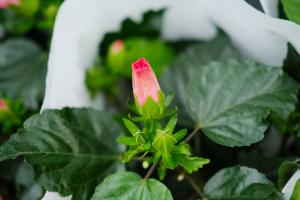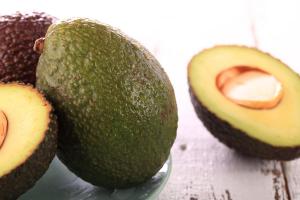What Light Spectrum is Best for Flowering Pot Plants?
Pot plants are a popular choice among indoor gardeners, especially those who want to grow flowering plants. However, one of the most important factors in growing a healthy and high-yield crop is the type of light spectrum used during the flowering stage. In this article, we will explore the different light spectrums used for flowering pot plants and help you decide which one is the best for your plants.
The Role of Light Spectrum in Flowering Pot Plants
During the flowering stage, plants require a different light spectrum than what is needed during the vegetative stage. In particular, plants require more red and far-red light during the flowering stage to promote flower production and a healthy harvest. Blue light, on the other hand, is less important during the flowering stage and is mostly needed during the vegetative stage for leaf growth.
The Different Light Spectrums for Flowering Pot Plants
There are several types of light spectrums used for flowering pot plants, each with its own advantages and disadvantages. Here are the most common ones:
1. High-Pressure Sodium (HPS) Lights
HPS lights are commonly used in indoor gardening as they mimic the spectrum of light produced by the sun during the fall season. The light produced by HPS lights is mostly in the red and far-red spectrum, making them ideal for the flowering stage. However, HPS lights produce a lot of heat, and as a result, gardeners need to monitor their plants' temperature closely to avoid damaging them.
2. Metal Halide (MH) Lights
MH lights are commonly used during the vegetative stage, but they can also be used during the flowering stage. These lights produce a spectrum of blue and white light, which provides more energy to the plants compared to HPS lights. However, MH lights are less effective in producing buds compared to HPS lights.
3. Light Emitting Diode (LED) Lights
LED lights have become increasingly popular among indoor gardeners as they are energy-efficient and produce less heat compared to HPS and MH lights. LED lights can be programmed to produce a specific spectrum of light, making them versatile for both the vegetative and flowering stages. However, LED lights are more expensive compared to other types of lights.
The Benefits of Choosing the Right Light Spectrum
Selecting the right light spectrum for your plants can result in a healthy and high-yield crop. Here are the benefits of choosing the right light spectrum:
Promotes flower production and bud development
Increases plant growth rate and overall yield
Reduces the risk of plant stress and damage
Increases the plant's nutrient absorption and photosynthesis efficiency
Conclusion
Selecting the right light spectrum is crucial for a healthy and high-yield crop. Gardeners should choose a light spectrum that is best suited for their specific plants and budget. Whether you choose HPS, MH, or LED lights, make sure to monitor your plants' growth and adjust the light settings accordingly to optimize their growth and yield.

 how many times do yo...
how many times do yo... how many planted tre...
how many planted tre... how many pine trees ...
how many pine trees ... how many pecan trees...
how many pecan trees... how many plants comp...
how many plants comp... how many plants can ...
how many plants can ... how many plants and ...
how many plants and ... how many pepper plan...
how many pepper plan...






























